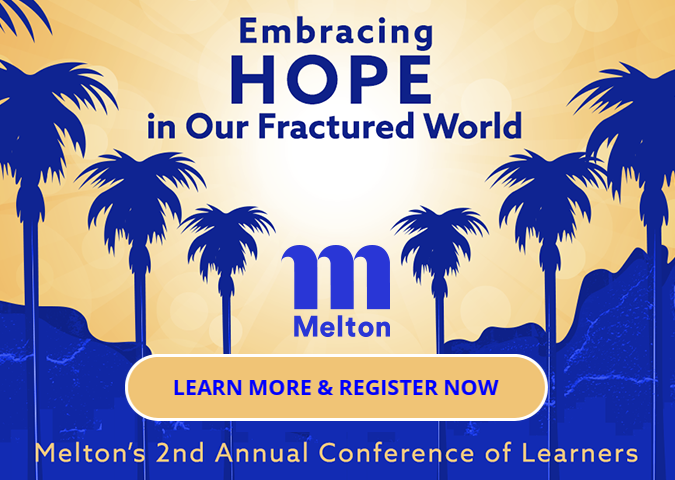Israel at 75: Feeling the connection to the promise of the promised land
This week, the state of Israel celebrates its 75th year as an independent country, and it is incredible to think that on an average year, more than 5,000,000 tourists visit Israel, mostly adults. What brings so many people to a country that is smaller than almost every U.S. State? The answer is experiential education.
Of the 5 million tourists, more than 1 million come from the United States. Visitors include individuals and groups representing the full fabric of America including religious and nonreligious travelers, Jews, Christians, Muslims and those who practice other faiths. While the numbers are quite high, what exactly is drawing them to Israel? Why do they travel there, what is it that a trip to Israel promises these curious tourists?
When I was a child growing up in a small American city in the 1970s, an uncle of mine traveled to Israel and brought me back a gift. No, it was not a toy or game. It was not a store-bought souvenir of any kind — he brought me a small plastic bag of about a dozen sandy stones from his visit. I loved those stones, and often poured them out of the bag into my open palms to examine them closely. For me, although I did not realize it at the time, those stones were transporting me to another place and connecting me with my people, my history and my destiny. There was a real place where the Bible was alive and well, where the stories of my people were coming to life once again.
There is something magnificent and truly transformative that happens when visiting Israel.
A seasoned traveler will tell you that before getting on a plane to travel to a new place, they read a travel guide or two, they study the history and the context of the place they are going to and likely look for activities to maximize their trip — where to eat, where to sleep, where to see.
But what if that travel guide was something that they had studied for years before that plane ride? What if that history is part of the fabric of their belief structure? What if that place is the home of their forefathers and traditions, something they began to learn about as children and ultimately got to take that trip?
My career is focused on adult education, and one of the most powerful outcomes of great adult education — especially when accompanied by an in-person experience — is the transformative effect it can have on your life.
For many, a trip to Israel is a life-changing event. Throughout my life, I have had the opportunity to share close to 200 flights with travelers going to and from the Promised Land. While the first few flights were pent up with excitement or even inspirational highs, over the years, like adults everywhere I have grown more comfortable with the routine, flying to Israel this week and back to the United States a few weeks later.
In recent years, I have tried to spend time during each flight speaking to my seatmates and the groups I am accompanying, to hear their excitement. For some, it was their first trip and others have been one or two times before. Almost every person I speak to tells me about the anticipation of their pilgrimage which has been building for months, and that now the time has come.
I recently shared a flight with a Christian group from Middle America, and in conversation, they told me where they planned to visit, and how they could not wait to walk the land — the Holy Land — upon which Jesus and his disciples traversed some 2,000 years ago, to wade into the waters of the Jordan River, to swim in the Sea of Galilee, and to walk the Via Dolorosa together with their fellow pilgrims. Some spoke of the Church of Holy Sepulcher, others of the town of Bethlehem.
Now, surely all of these places can be seen in books and online and lately even through some of the new virtual reality touring applications. So why are they investing in flights, accommodations, and precious time off from work to cross the Atlantic and visit these locations in person?
Well, I am not Christian — but I know what they are anticipating, and I know the experience they are seeking. For me, that feeling comes when walking through the Old City of Jerusalem towards the Western Wall, it is the same feeling I get when I visit the burial places of our Jewish ancestors, and when driving across the land that is described so vividly in the Bible. It is a feeling of connection to history, to something greater than oneself, something earth-shattering that at one time transformed the world.
That experiential education that one gets here in Israel, walking through the places they have learned about from the bible and other texts is nothing less than transformative, and only made possible by Israel's commitment to safeguarding the Holy Places of all religions.
That physical encounter with the narrative of one's faith, with the origin stories of one's people, empowers us to press pause on our modern lives and wonder if the direction we are going is the only one — if there are other vistas we could be pursuing, other ways of seeing the world, other paths to travel along.
This article orginally appeared in USA Today.
When you subscribe to the blog, we will send you an e-mail when there are new updates on the site so you wouldn't miss them.


